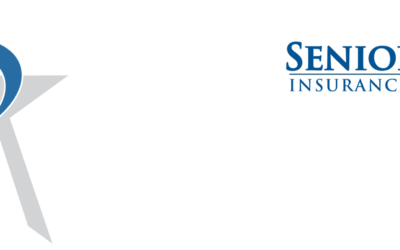What are the Four Types of Medicare Advantage Plans?
Medicare Advantage Plans, also called Medicare Part C, provide Medicare Part A and Medicare Part B coverage through private companies contracted with Medicare. Many of these plans also cover Medicare Part D Prescription Drug Plans. You will most likely need to use a provider that takes part in your plan’s network if you want to pay the lowest care prices, and these plans give your yearly out-of-pocket costs for services covered a limit. Some plans will include non-emergency coverage out of network, but you will pay more out of pocket.
There are four main types of Medicare Advantage plans, and today we will discuss the basics regarding each of those types.
Health Maintenance Organization (HMO) Plans
HMO plans are Medicare Advantage Plans that, for the most part, require you to get your services from providers and facilities in your plan’s network. There are some exceptions to this, such as urgent care out of your area, emergency room care, and temporary out-of-area dialysis. Most HMO plans also include prescription drug coverage. HMO plans require you to choose a primary care doctor. If you need more specialized care, it is required that you get a referral from that doctor to see specialists. Out-of-network services are possible with some HMO plans called “HMO Point of Service plans (HMO-POS).” You may be required to pay full price if you get services outside of the plan’s network without an HMO-POS plan.
Preferred Provider Organization (PPO) Plans
A Preferred Provider Organization Plan is another type of Medicare Advantage plan. PPO plans have a network of doctors, hospitals, and other providers like HMO plans. However, with PPO plans, you can still get coverage from out-of-network providers, just at higher costs. PPO plans also always provide coverage for urgent and emergency care services. Most PPO plans will also include prescription drug coverage. There is no requirement for a primary care doctor under PPO plans, and in most cases, you don’t need to provide a referral to see a specialist. In-network specialists will usually cost lower out of pocket than out-of-network specialists as well.
Private Fee-for-Service (PFFS) Plans
A Private Fee-for-Service (PFFS) plan is another type of Medicare Advantage plan. These plans simply decide how much you pay at the time of care and how much the plan will pay the hospital or health care provider. Some PFFS plans have networks, but you will typically have a larger provider choice with a PFFS plan. Just like the other plans, providers not in your plan’s network will run you a higher cost. PFFS plans can include coverage for prescription drugs. Primary care doctors are not required In PFFS plans and you do not need a referral for specialist care. Because these plans determine how much money will be covered by you, they send out two documents, an annual notice of change document and an evidence of coverage document. These will provide details on cost sharing for that year.
Special Needs Plans (SNP)
Medicare Special Needs Plans are designated for people with certain diseases and characteristics. These plans are Medicare Advantage Part C plans, but they provide benefits to best serve the specific groups the plan serves. SNPs (Special Needs Plans) are highly dependent on the member’s needs and almost always provide specialists that care for the disease or certain conditions that their members need. This also means that there is no blanket statement on whether these plans cover out-of-network costs, whether primary care doctors are required, or whether referrals are needed for specialist care. They do, however, always provide Medicare Part D Prescription drug coverage. You can find out if your disease or health condition makes you eligible for a Medicare Special Needs Plan here.
If you need any additional information on these plans or information on how to enroll in these plans, you can contact Seniorstar Insurance Group at 732 658 5100 today.



